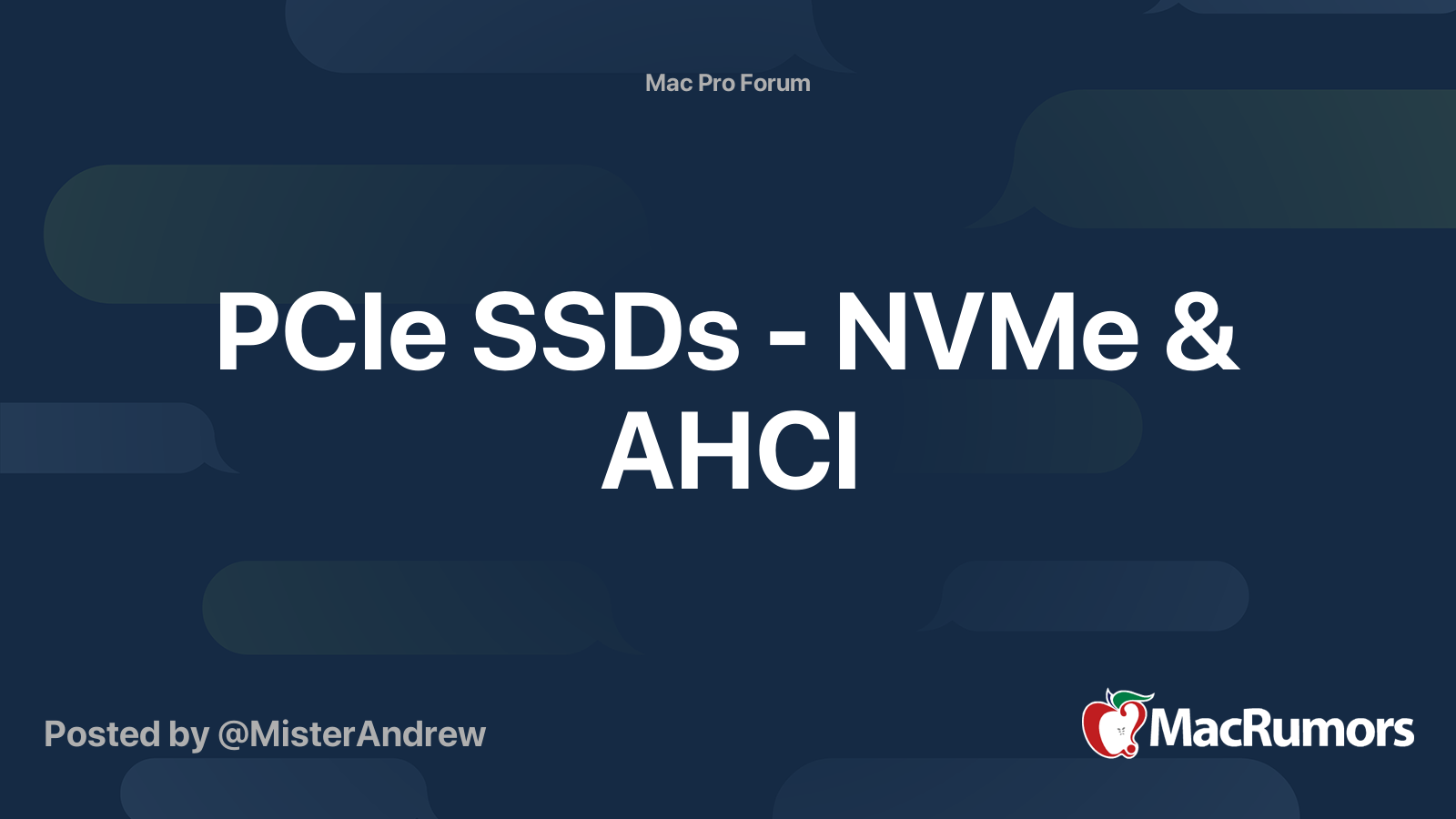Hi Guys!
Am a photographer running a trusty MacPro 5.1 (w/3.46GHz double hex/GTX 980 Ti 11 Gb VRAM/128 Gb DDR3 RAM) and been using a Samsung 840 PRO SSD 512 Gb which will need replacing. The whole machine has been slowing noticably of late.
The SSD runs software only, and is the main scratch disk; all data stored in on-board RAID HD's. Mainly use Photoshop & Capture One v20 to process lots of 125MP image files ex Phase One IQ3-100 digital back.
I'm moderately tech literate - a highly skilled geek/genius I know (patronises/compliments) me with the term Power User.
Please, I'd be very grateful for your real world advice on
1) the best kick-ass SSD I can easily plug and play in this Mac to process bulk volume, very big still images.
2) Do SSD's bigger than 512Gb genuinely give a measurable increase in scratch disc performance?
3) Are blade SSD's like the Samsung EVO 970 Plus usable via my SATA mount? Is anyone using this and what issues have arisen please?
I thank you deeply for your time and experiences.
Wishing you health strength and sanity in this crazy world,
Charles
Am a photographer running a trusty MacPro 5.1 (w/3.46GHz double hex/GTX 980 Ti 11 Gb VRAM/128 Gb DDR3 RAM) and been using a Samsung 840 PRO SSD 512 Gb which will need replacing. The whole machine has been slowing noticably of late.
The SSD runs software only, and is the main scratch disk; all data stored in on-board RAID HD's. Mainly use Photoshop & Capture One v20 to process lots of 125MP image files ex Phase One IQ3-100 digital back.
I'm moderately tech literate - a highly skilled geek/genius I know (patronises/compliments) me with the term Power User.
Please, I'd be very grateful for your real world advice on
1) the best kick-ass SSD I can easily plug and play in this Mac to process bulk volume, very big still images.
2) Do SSD's bigger than 512Gb genuinely give a measurable increase in scratch disc performance?
3) Are blade SSD's like the Samsung EVO 970 Plus usable via my SATA mount? Is anyone using this and what issues have arisen please?
I thank you deeply for your time and experiences.
Wishing you health strength and sanity in this crazy world,
Charles
Last edited:


